Single Sign-On (SSO) simplifies user authentication by allowing access to multiple applications with one set of credentials. This enhances security and user experience by reducing password fatigue and streamlining login processes.
SSO is a centralized access management approach designed to improve the efficiency and security of user authentication across diverse applications and systems. Enterprises adopt SSO to streamline operations and decrease the administrative load. This solution lowers the risk of password-related security breaches by limiting the number of credentials a user must manage. As organizations grow and integrate more technologies, SSO becomes an indispensable strategy for ensuring smooth and secure access.
What are key features of SSO solutions?In industries like healthcare and finance, SSO solutions support compliance with stringent data regulation requirements by providing detailed access logs and reports. These sectors leverage SSO for secure and rapid access to critical applications, ensuring that sensitive data remains protected while maintaining operational efficiency.
SSO enhances security, streamlines access, and reduces administrative overhead for organizations. It also supports improved user experience and productivity, making it a valuable tool for any organization looking to optimize its access management strategy.
| Product | Market Share (%) |
|---|---|
| Microsoft Entra ID | 19.1% |
| Okta Workforce Identity | 7.9% |
| Auth0 | 7.5% |
| Other | 65.5% |



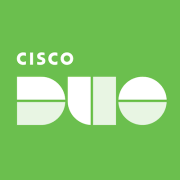
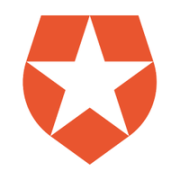



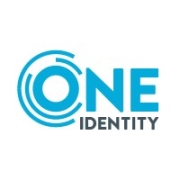




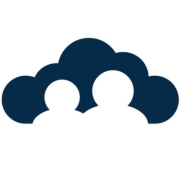







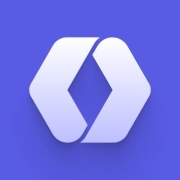




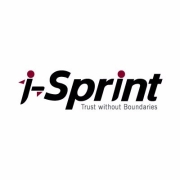




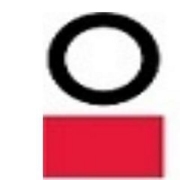
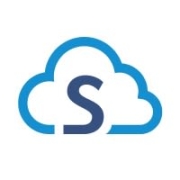

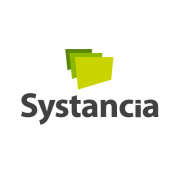
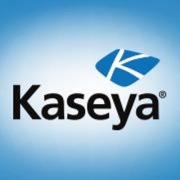



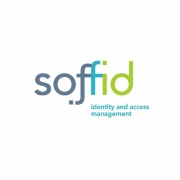


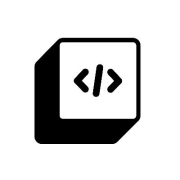
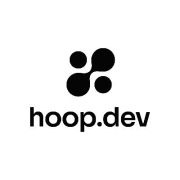





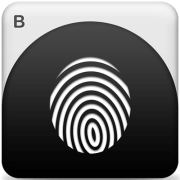







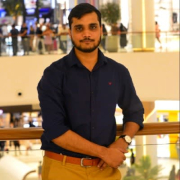

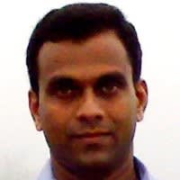
A single sign-on (SSO) service involves an agent module sitting on the application server. When a user wants to access the network, the module retrieves the authentication credentials from a dedicated SSO policy server and compares them against a user repository. For example, a lightweight directory access protocol (LDAP).
The advantage of SSO is that it authenticates the user for all of the applications the user has rights to. This eliminates the need for signing in for each application during the same session.
At the base of SSO is the relationship between a service provider and an identity provider in the form of a certificate exchange. This certificate proves that the identity information comes from a trusted source. In an SSO, the identification data is inside a token.
The usual flow consists of the following steps:
Despite all of these steps, the authentication process happens in a matter of seconds.
A token is a collection of identity information that goes from one system to another. A token may consist of a user’s email and password, and data about the system that is sending the information.
An example of a token is the way Google manages access to the products in G-Suite. Once you sign in to your Gmail, you get access to other applications, like YouTube, Google Drive, and Google Photos, without having to log in again for each app.
The token ensures you will gain access to multiple systems without needing to remember different credentials for each one.
SSO provides benefits in terms of security, customer experience, and reduced costs. The average organization uses an array of applications and services, both cloud-based and on-premises. A single sign-on helps to solve the tech sprawl by giving a single point of access.
In terms of security, SSO reduces the number of attack possibilities. User credentials are usually key targets for cybercriminals. The more credentials, the more opportunities for attackers to gain access. Single sign-on minimizes risk by requiring a single set of credentials.
SSO also helps with compliance, since many regulations require that organizations implement methods that protect data. SSO offers a way to effectively authenticate users who access electronic records as well as allowing for the automatic log-off of users.
Single sign-on also improves the employee’s experience. It saves time and improves productivity. Since most employees switch between an average of ten different apps for work, eliminating the need for signing in for each one saves considerable time and money.
SSO eliminates password fatigue and vulnerabilities. It also reduces the costs necessary to set up different help desks for resetting and management of passwords.
To implement an SSO in a central dashboard, you need two endpoints. One of the endpoints initiates an authentication request and redirects the user to a login form. The other endpoint accepts and receives the response, after a successful login process.
The data can be transferred from one entity to another by one of three methods:
Cross-domain single sign-on is a method for transferring user credentials across multiple secure domains. CDSSO allows the integration of multiple secure domains by enabling users to move between different domains with a single set of credentials.
A user can make a request to a resource located in another domain. The CDSSO transfers an identity token from the first domain to the second domain. Thus, the second domain can authenticate the user without the need for the user to provide new credentials.
The authentication flow for multiple domains is as follows:
Single Sign-On (SSO) can significantly improve security by reducing password fatigue among users and minimizing the number of attack vectors. With SSO, users only need to remember one set of login credentials, which means less likelihood of password reuse across different applications. This also allows for centralized monitoring and the implementation of stronger authentication measures such as Multi-Factor Authentication (MFA), adding another layer of security.
What are the key considerations when implementing an SSO solution?When implementing an SSO solution, you should consider its compatibility with existing applications, ease of user provisioning, and scalability to accommodate future growth. It's crucial to evaluate the solution's support for standards like SAML and OAuth. You must also ensure the integration does not interrupt business processes and provides a smooth user experience while maintaining security policies.
How does SSO work with cloud-based applications?SSO works with cloud-based applications by using authentication tokens to facilitate access without requiring separate logins for each service. When a user logs into the primary service with their SSO credentials, it authenticates their identity and generates a token. This token is then used to gain access to other cloud applications within the SSO environment, ensuring seamless access while reducing password fatigue.
What are the common challenges faced with SSO implementation?Common challenges include integration with legacy systems, which may not support modern authentication protocols, and managing user identities across different platforms. Ensuring consistent security standards across all connected applications can be difficult. Additionally, any potential downtime in an SSO system could disrupt access to multiple applications, which makes reliable service a crucial factor.
Can SSO be integrated with existing authentication methods?Yes, SSO can be integrated with existing authentication methods. It can enhance existing schemas by working alongside them to provide a unified authentication process. This integration allows for the use of additional security measures such as Biometric authentication and MFA, which are vital in strengthening the overall security posture. Proper planning and testing are integral to ensure a smooth transition.